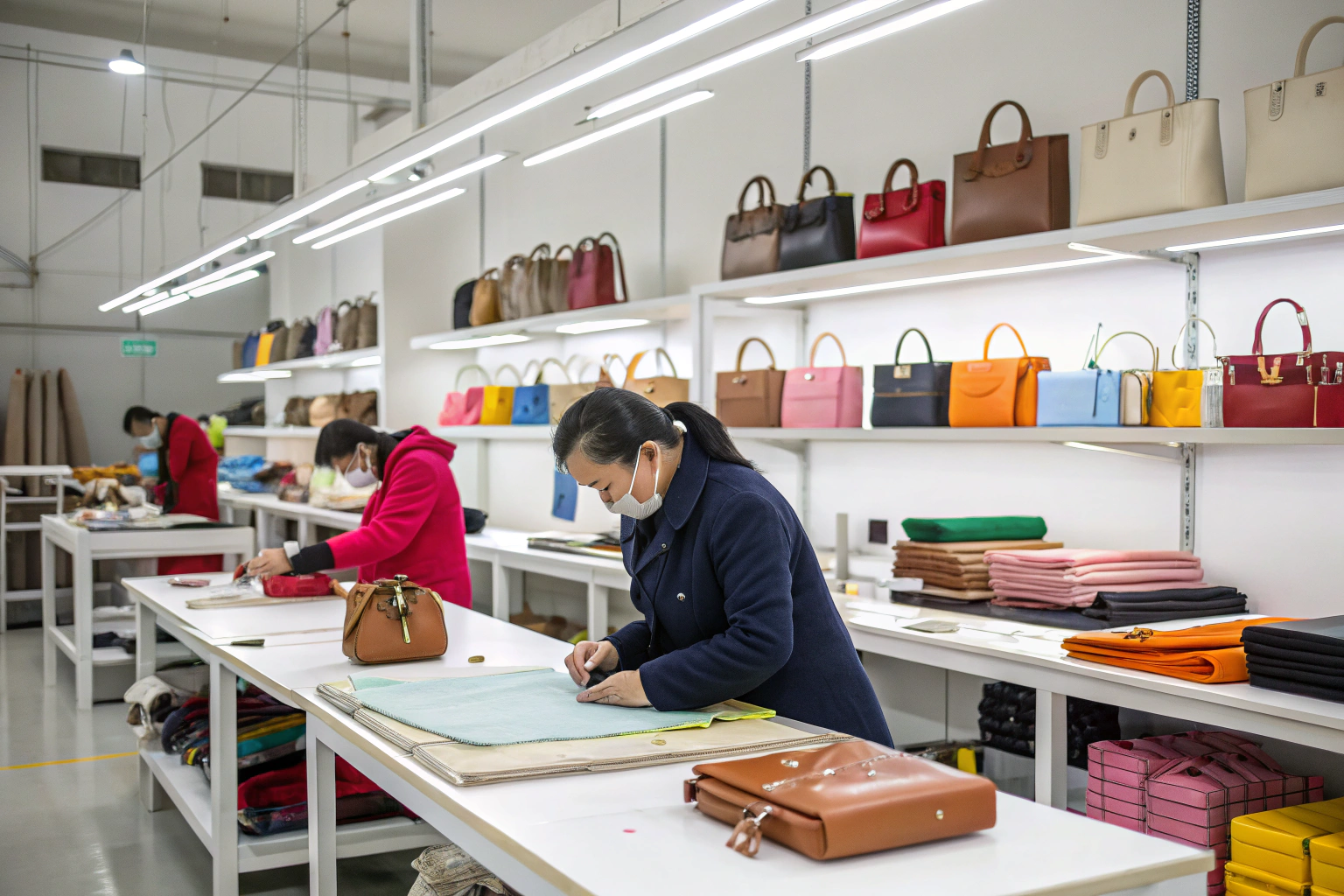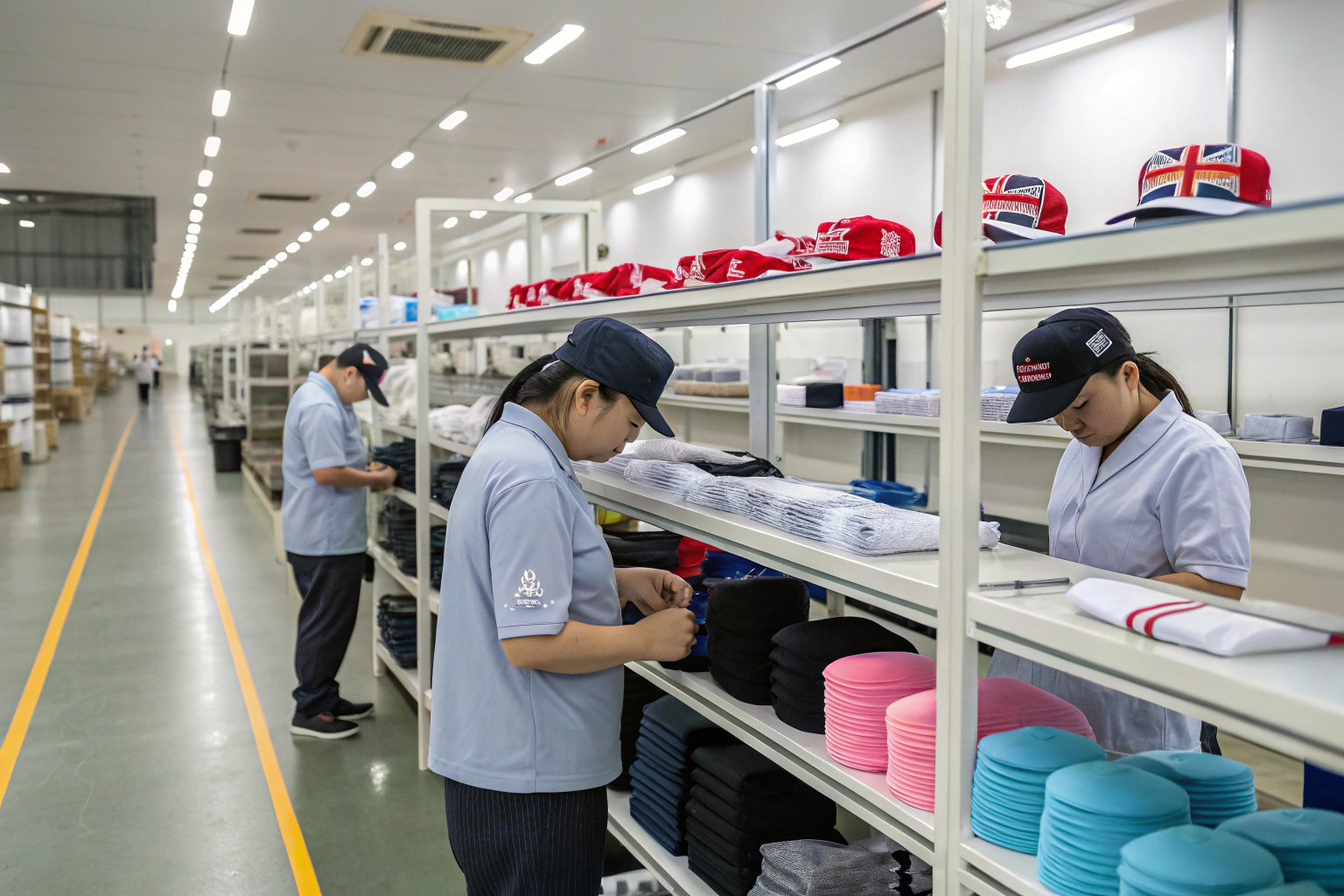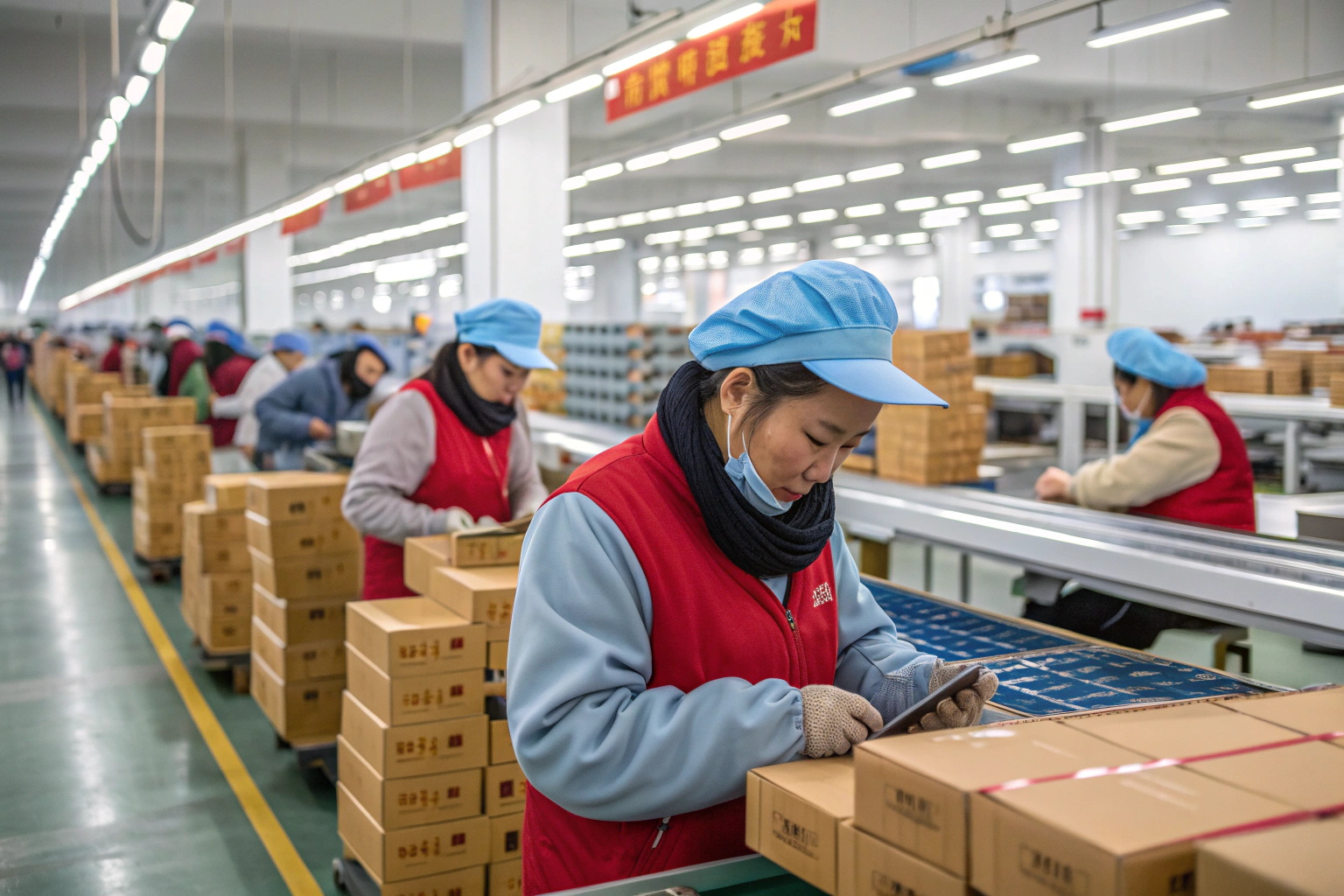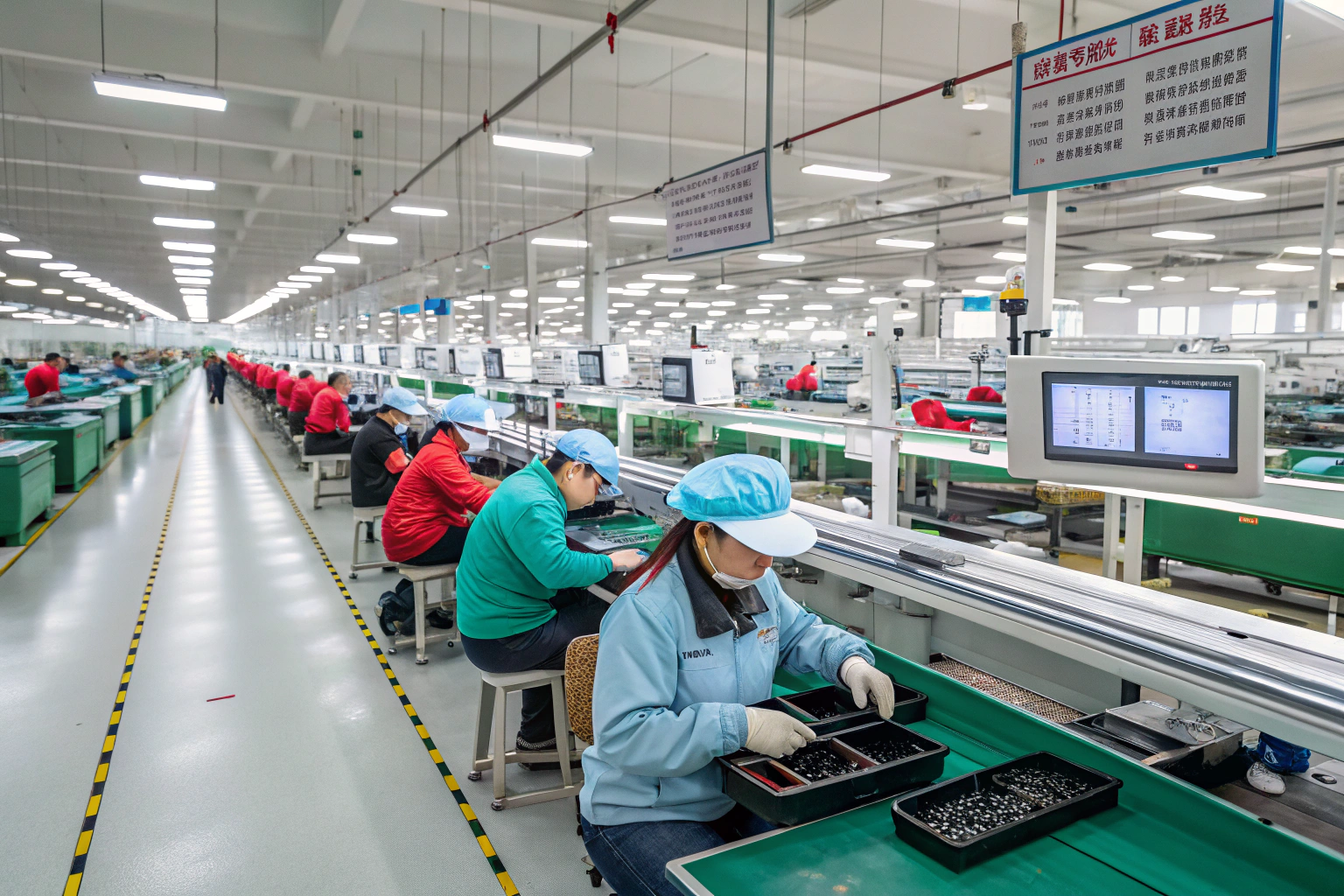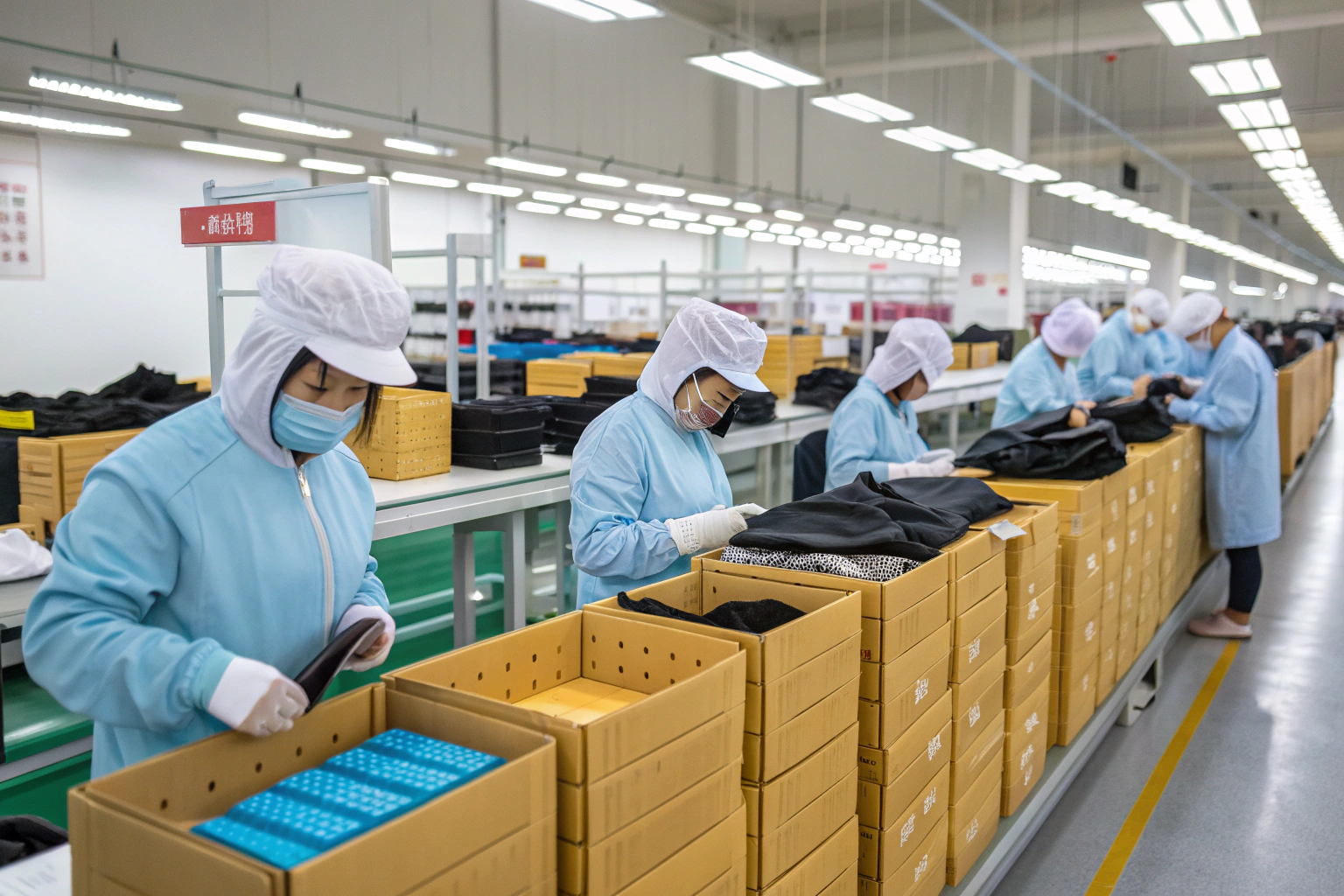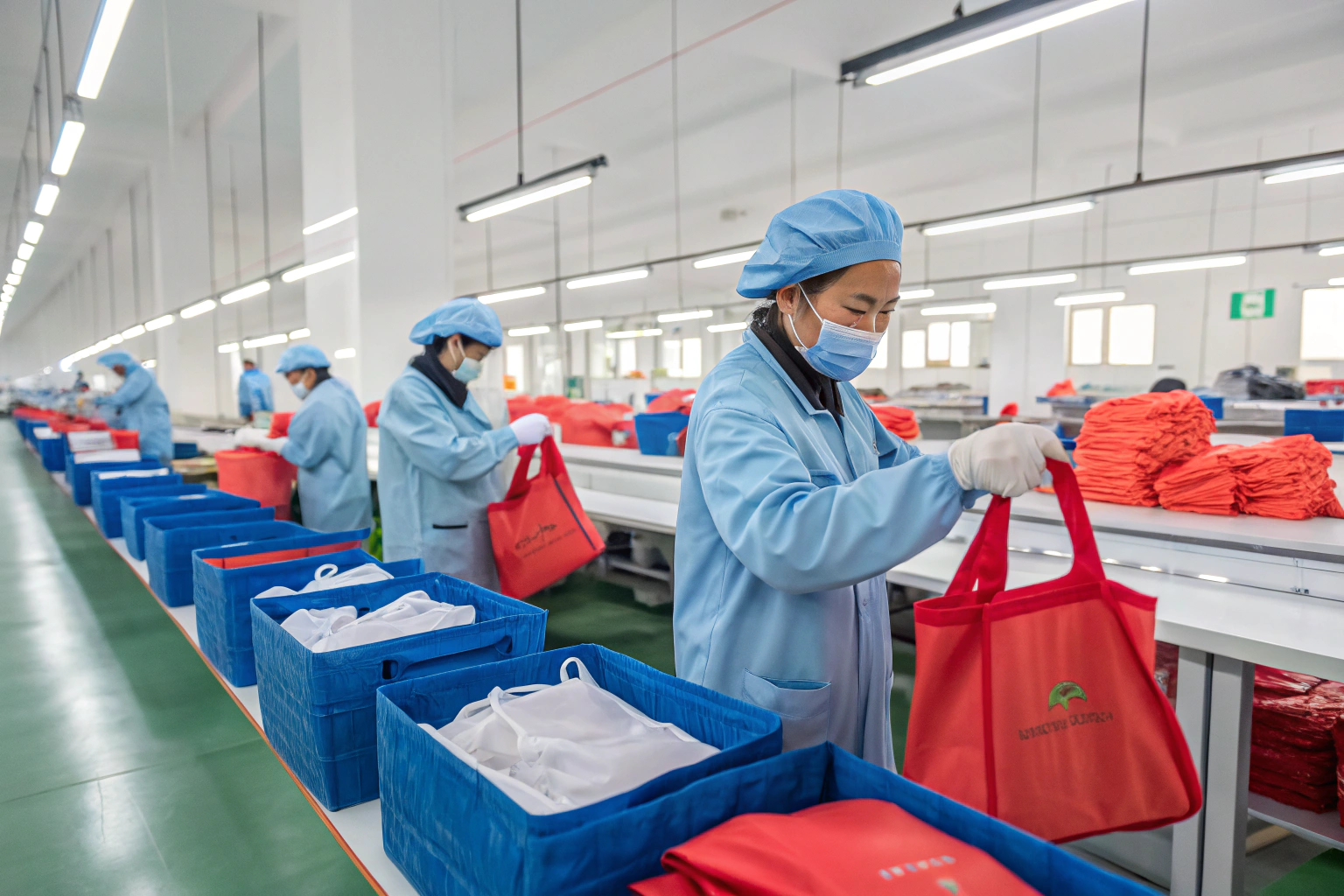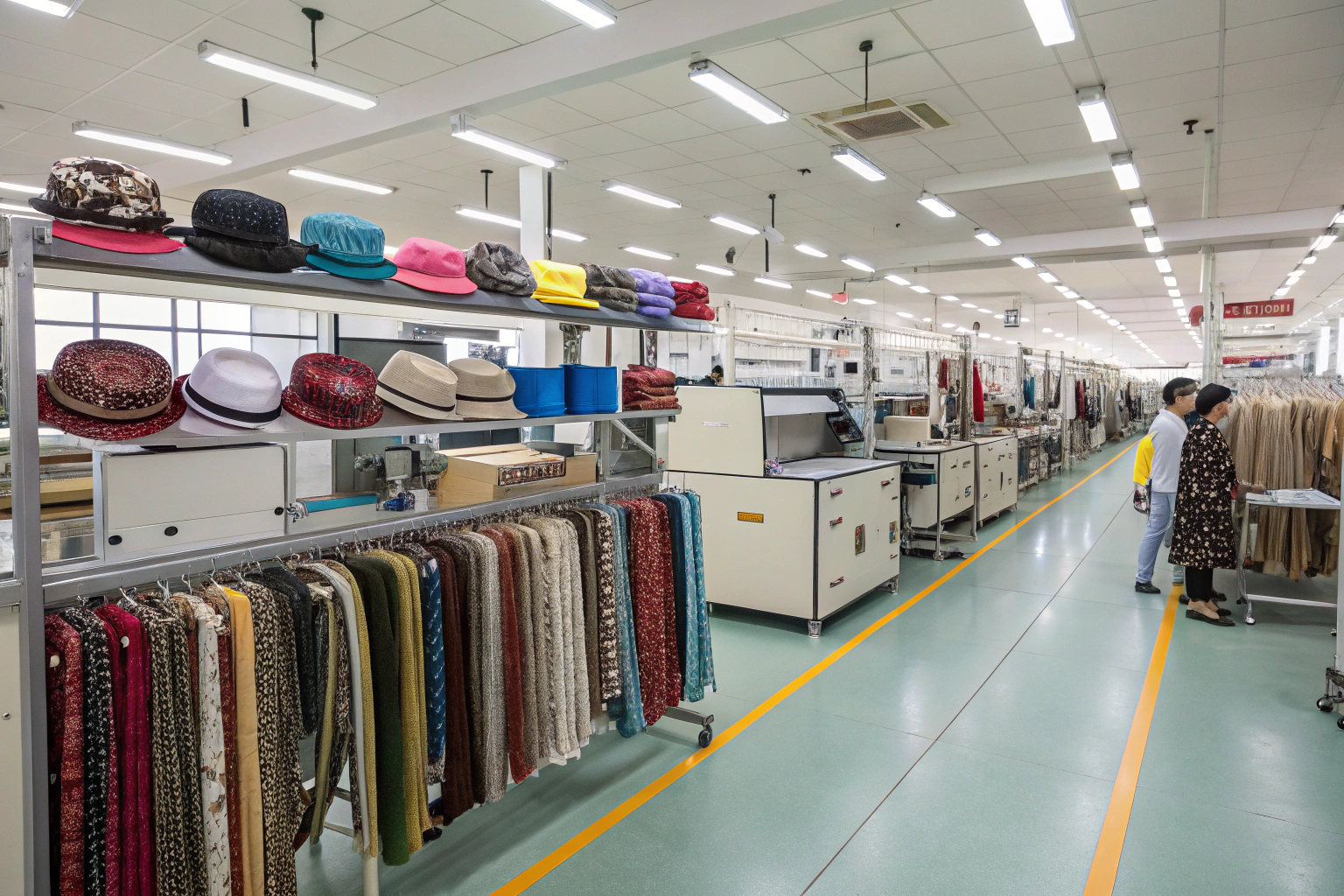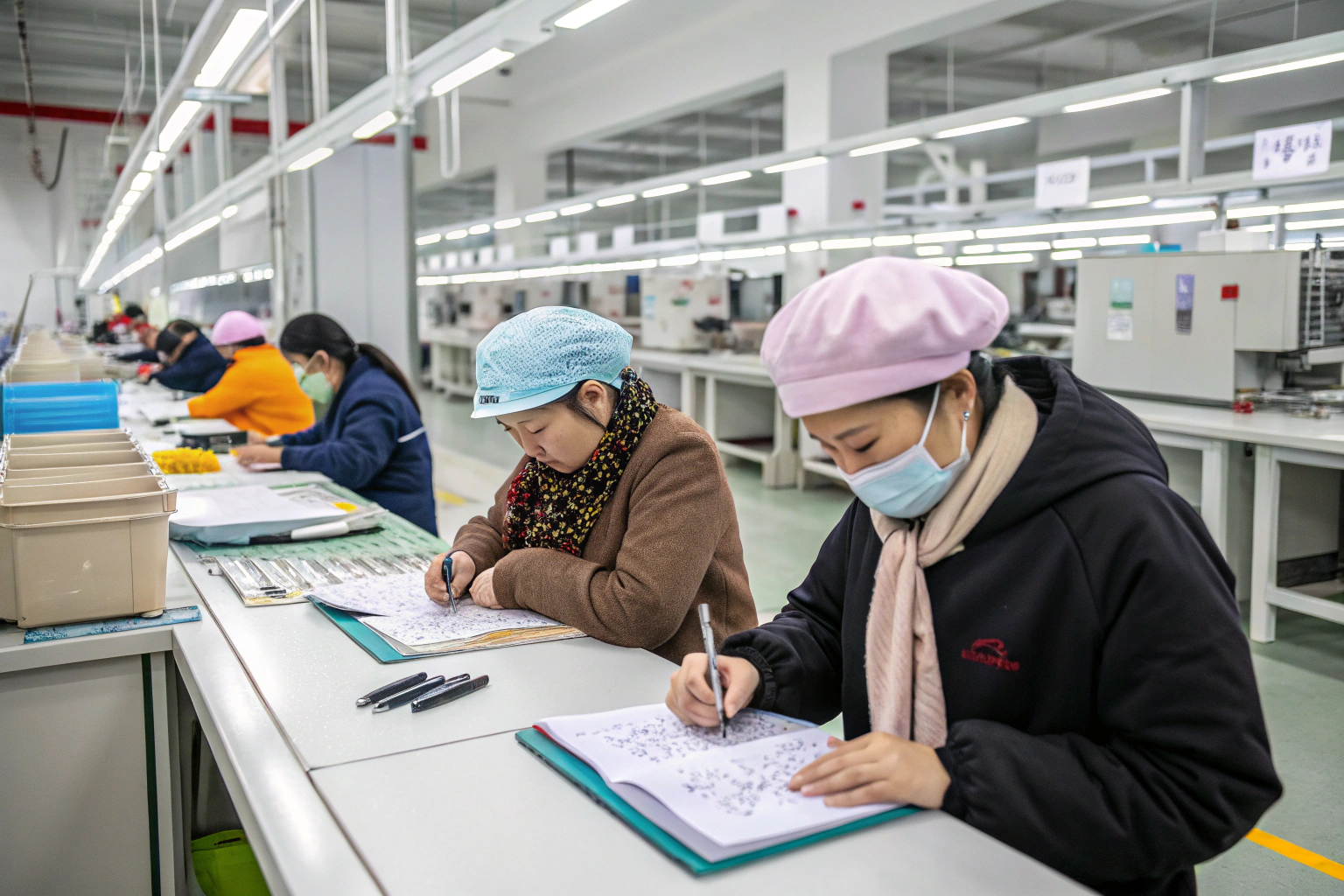In the fast-paced world of fast fashion, the success of a brand often depends on how quickly it can translate runway trends into products on store shelves. When accessories like belts, hairbands, scarves, and hats are involved, this timeline becomes even more critical. Many North American and European brands now demand suppliers that can develop new collections in weeks rather than months. For these brands, a supplier’s speed, flexibility, and reliability are as important as cost and quality.
To source accessories with fast development cycles, brands must focus on working with factories that have in-house design teams, modern production lines, and streamlined logistics. This allows for quick sample approval, mass production, and on-time delivery. The key is not only finding a capable manufacturer but also building a workflow that supports quick turnaround without sacrificing quality.
For buyers, this sourcing process means asking the right questions about production timelines, sampling policies, and communication practices. It also involves evaluating the factory’s experience with international clients and their ability to manage rush orders under tight deadlines.
Why Speed Matters in Fast Fashion Accessories
In fast fashion, trends can shift overnight, and yesterday’s popular style can quickly become irrelevant. If a brand’s accessories arrive too late to match current fashion cycles, the opportunity is lost. For accessories like hair clips, scarves, or statement belts, speed is a competitive advantage.
Speed matters because it determines whether your products hit the market at the right moment. With short product lifecycles, brands must align accessory production with real-time consumer demand. Factories with rapid development capabilities can produce samples within days and move into mass production in less than two weeks, ensuring that products are ready for seasonal promotions or influencer-driven trends.
A capable supplier will also offer parallel development—working on multiple styles at once—to save even more time. This means you can launch an entire capsule collection instead of just one or two pieces, boosting your market presence.
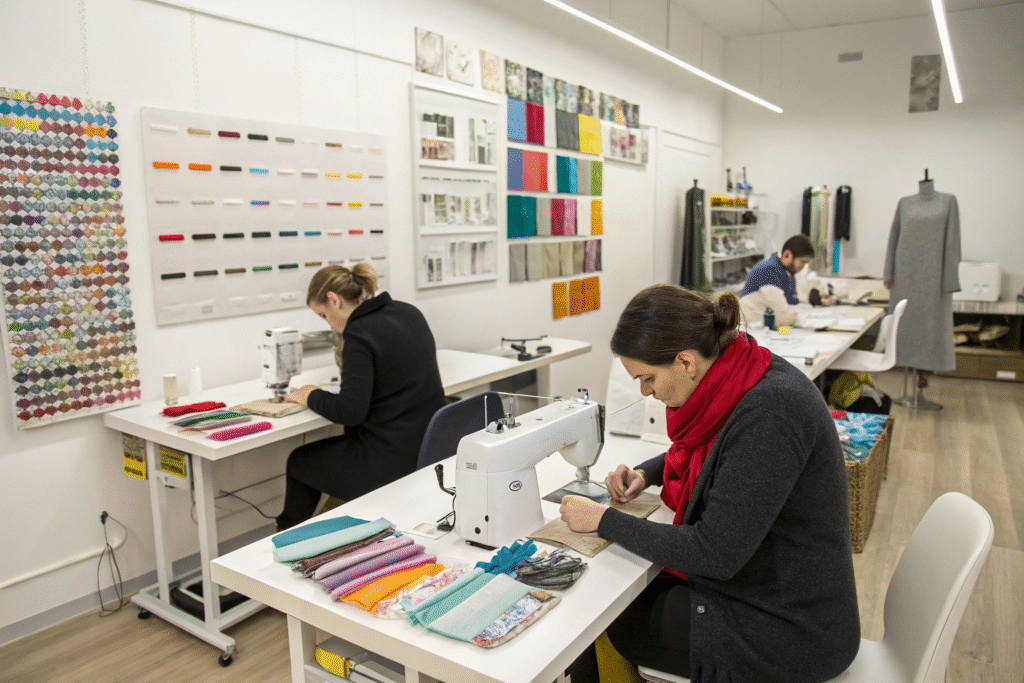
How Can Factories Reduce Sample Approval Time?
Factories can accelerate sample approvals by using digital design tools and 3D prototyping. Platforms like CLO 3D allow clients to visualize accessories without waiting for physical samples. This cuts shipping delays and shortens development time. In addition, clear specification sheets help reduce back-and-forth revisions.
What Role Does Parallel Development Play in Speed?
Parallel development enables a factory to produce multiple designs simultaneously. By splitting teams into dedicated product lines—such as hats, belts, and scarves—factories can deliver complete collections faster. Many fast fashion suppliers use project management tools like Trello to coordinate teams and track progress in real time.
Key Supplier Qualities for Fast Development
Not all factories are equipped for rapid accessory development. Choosing the right partner means looking beyond price and focusing on infrastructure, expertise, and communication efficiency.
The best suppliers for fast development have integrated design, production, and quality control under one roof. This reduces delays caused by outsourcing and improves consistency. A responsive project manager can also make a big difference, ensuring updates are delivered daily and decisions are made quickly.
Another factor is factory capacity. A manufacturer with scalable production lines can handle sudden increases in order volume without compromising lead times. For accessories, having dedicated machinery for specific materials—like leather cutting machines for belts or steam presses for scarves—can save hours during production.
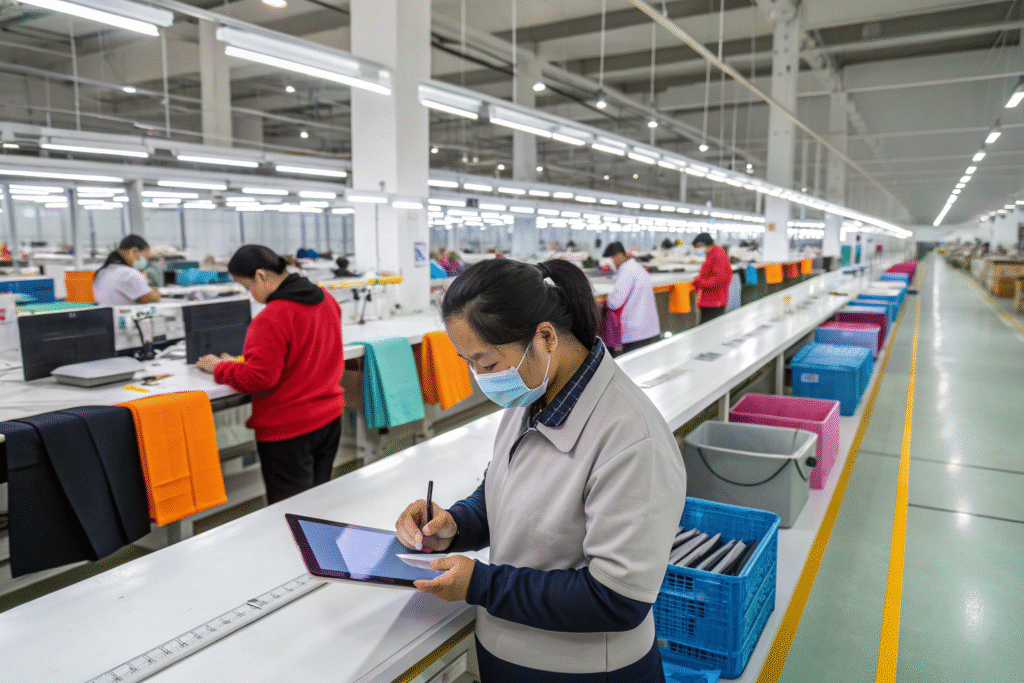
What Should You Look for in a Supplier’s Infrastructure?
A supplier with in-house designers, a dedicated quality control team, and modern equipment can cut production times significantly. You should check if they use automated cutting systems such as Gerber Technology and if they have specialized departments for each product type.
How Important Is Communication Speed?
In fast fashion, every day counts. Suppliers using instant messaging tools like WeChat or project dashboards like Asana keep clients updated on sample progress, approvals, and shipment schedules in real time. This eliminates guesswork and speeds up decision-making.
Managing Logistics for Quick Turnaround
Even the fastest production process is useless if logistics are slow. In fast fashion, shipping speed is often the deciding factor between profit and missed opportunity. Air freight is the most common choice for urgent accessories, while express courier services are used for smaller, high-priority orders.
Efficient logistics planning ensures accessories arrive in time for store launches and seasonal campaigns. This means choosing the right shipping method based on order size, cost, and delivery deadlines. Many suppliers now work with freight forwarders experienced in handling rush orders to the U.S. and Europe.
Another time-saver is pre-shipment inspection at the factory, which prevents delays at customs. Factories that integrate quality checks into the final packing stage can release goods for shipment immediately after production.
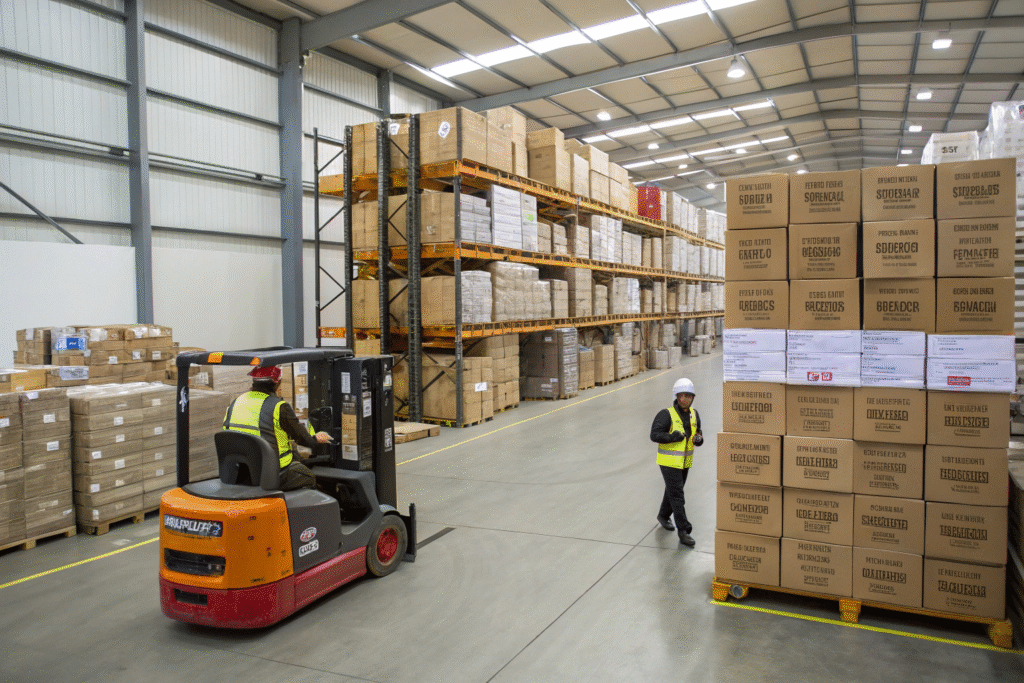
Should You Always Use Air Freight for Fast Fashion?
Air freight is fast but costly. A hybrid approach—shipping urgent items by air and the rest by sea—can balance speed and cost. Freight service providers like DHL Express offer tailored solutions for fashion shipments.
How Can Customs Delays Be Avoided?
Working with forwarders familiar with U.S. customs regulations and European import requirements can prevent clearance delays. Providing accurate HS codes and complete documentation from the start will speed up the process.
Building Long-Term Relationships for Faster Cycles
Fast development is not just about rushing production—it’s about building a system of trust and efficiency between buyer and supplier. Over time, factories that know your preferences can anticipate your needs, making sampling and production even faster.
Long-term relationships with suppliers mean fewer misunderstandings, faster approvals, and better pricing. When a supplier understands your brand’s style and quality standards, they can start development without lengthy instructions. This is critical in fast fashion, where timing is everything.
In addition, some suppliers prioritize loyal clients during peak seasons, ensuring your orders are handled first. This can be the difference between being first to market and missing the trend window.
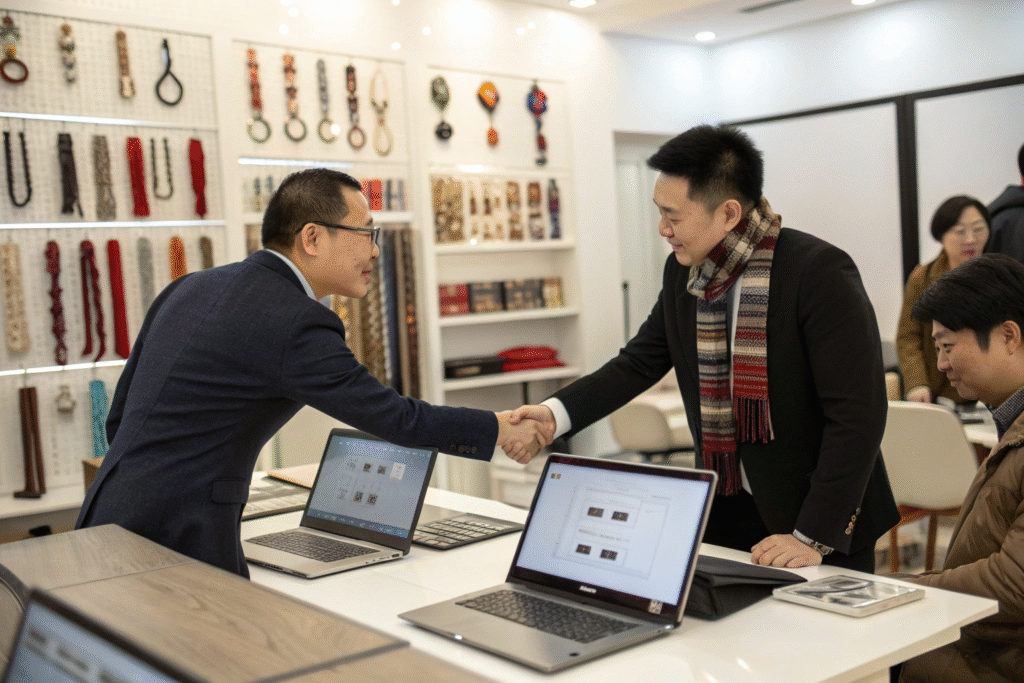
How Can You Maintain Supplier Loyalty?
Timely payments, clear communication, and consistent orders are key to building loyalty. Using supply chain platforms like TradeGecko can help manage orders and keep both parties informed.
Does Product Consistency Improve Over Time?
Yes. Once a supplier knows your quality requirements, they can replicate designs quickly with minimal sampling. This leads to faster production and fewer errors. Many brands keep reference samples in the factory for repeat orders, saving weeks of development time.
Conclusion
Sourcing accessories with fast development cycles for fast fashion requires more than just finding a cheap supplier. It demands a factory with in-house design capabilities, strong infrastructure, rapid communication, and reliable logistics. By partnering with a manufacturer who understands the urgency of your market, you can consistently deliver trend-right accessories at the perfect moment.
If you are ready to shorten your product timelines without sacrificing quality, our team at AceAccessory can help. Contact our Business Director, Elaine, at elaine@fumaoclothing.com to discuss how we can bring your accessory ideas to market faster than ever.

